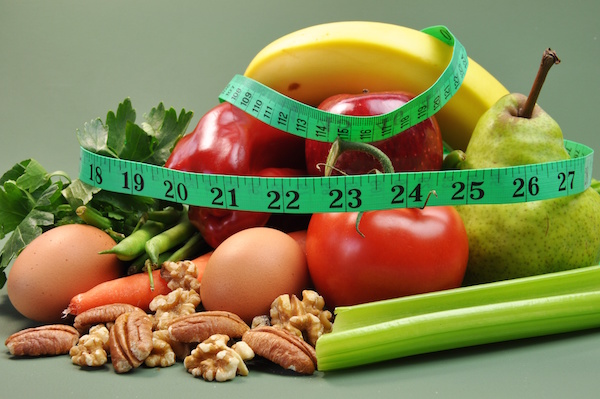
MONDAY, Nov. 7 (HealthDay News) — Laws that specifically ban sugar-rich sodas in schools — but not other high-calorie drinks — do not reduce consumption of these obesity-generating beverages, a new study shows.
That’s probably because, with sodas less available, kids just gravitate to sweetened fruit or sports-type drinks instead, the study authors found.
However, state policies that ban sodas and other sugar-sweetened beverages do result in fewer purchases of high-calorie drinks at schools.
Unfortunately, those broader policies don’t translate into fewer sales outside schools, according to the report published online Nov. 7 in the Archives of Pediatrics & Adolescent Medicine.
“Laws were effective in improving the overall food environment but more laws may be necessary to reduce overall consumption,” said study lead author Daniel Taber, a postdoctoral research associate at the Institute for Health Research and Policy at the University of Illinois at Chicago.
U.S. children and teenagers drink an inordinate amount of sugary sodas whose excess calories can lead to obesity, type 2 diabetes and metabolic syndrome, a risk factor for heart disease later in life.
According to background information in the study, soda contributed more calories than any other food or drink in teenagers aged 14 to 18 in 2005-2006.
A number of different organizations have favored regulations to help schools include healthy foods and phase out unhealthy foods and, in 2007, the Institute of Medicine specifically recommended that schools get rid of all sugar-sweetened drinks.
While many schools have instituted a ban, often it’s on sodas only, not fruit juice or energy drinks, which also contribute sugar and calories.
“Fruit juice is just as bad in terms of calories,” said Dr. Rae-Ellen Kavey, a professor of pediatrics at the University of Rochester Medical Center in Rochester, N.Y.
In this study, the first one to look at the effect of state policies on consumption of soda and other sugary drinks, the authors queried almost 7,000 students in 40 states when they were in 5th grade and then in 8th grade about their beverage consumption.
About two-thirds of 8th graders reported buying sugar-sweetened beverages (like fruit juice), whether the state had laws banning soda or no laws at all.
And regardless of whether the state had anti-soda laws, 85 percent of students said they’d had a sugar-sweetened beverage at least once in the past week, with one-quarter to one-third enjoying these drinks daily.
“Laws that focus just on sodas are no better than allowing all sweetened beverages. They didn’t reduce much of anything,” said Taber. “School laws can help but they can’t do it on their own. There may be helpful laws in other sectors.”
“This isn’t surprising because one thing that’s not really well appreciated is that the taste for sweetness is something we’re born with. People like sweet things, so just making them unavailable in one source is not likely to address something we really like that’s available in many other places,” said Kavey, who was not involved with the study.
Kavey thinks combining laws with educational campaigns “so kids know why [drinks are] not there anymore” might advance the cause.
Other measures that have been considered to reduce sugary-drink consumption include taxes on these items or restrictions on marketing directed at children.
Susan K. Neely, president and CEO of the American Beverage Association, responded to the study results in a statement.
“By looking at data from 2004 and 2007, this study ignores the dramatic changes in the school beverage landscape achieved by our industry over the last five years, making it effectively useless,” Neely said.
“In fact, by offering only juice, low-fat milk and water in elementary and middle schools, with the addition of lower-calorie and portion-controlled beverages in high schools, the signatory companies drove an 88 percent reduction in beverage calories shipped to schools since 2004. President Clinton called this ‘breathtaking progress’ and applauded industry for its’ ‘good faith and aggressiveness’ in implementing the guidelines,” Neely added.
More information
The U.S. Centers for Disease Control and Prevention has more on childhood obesity.

